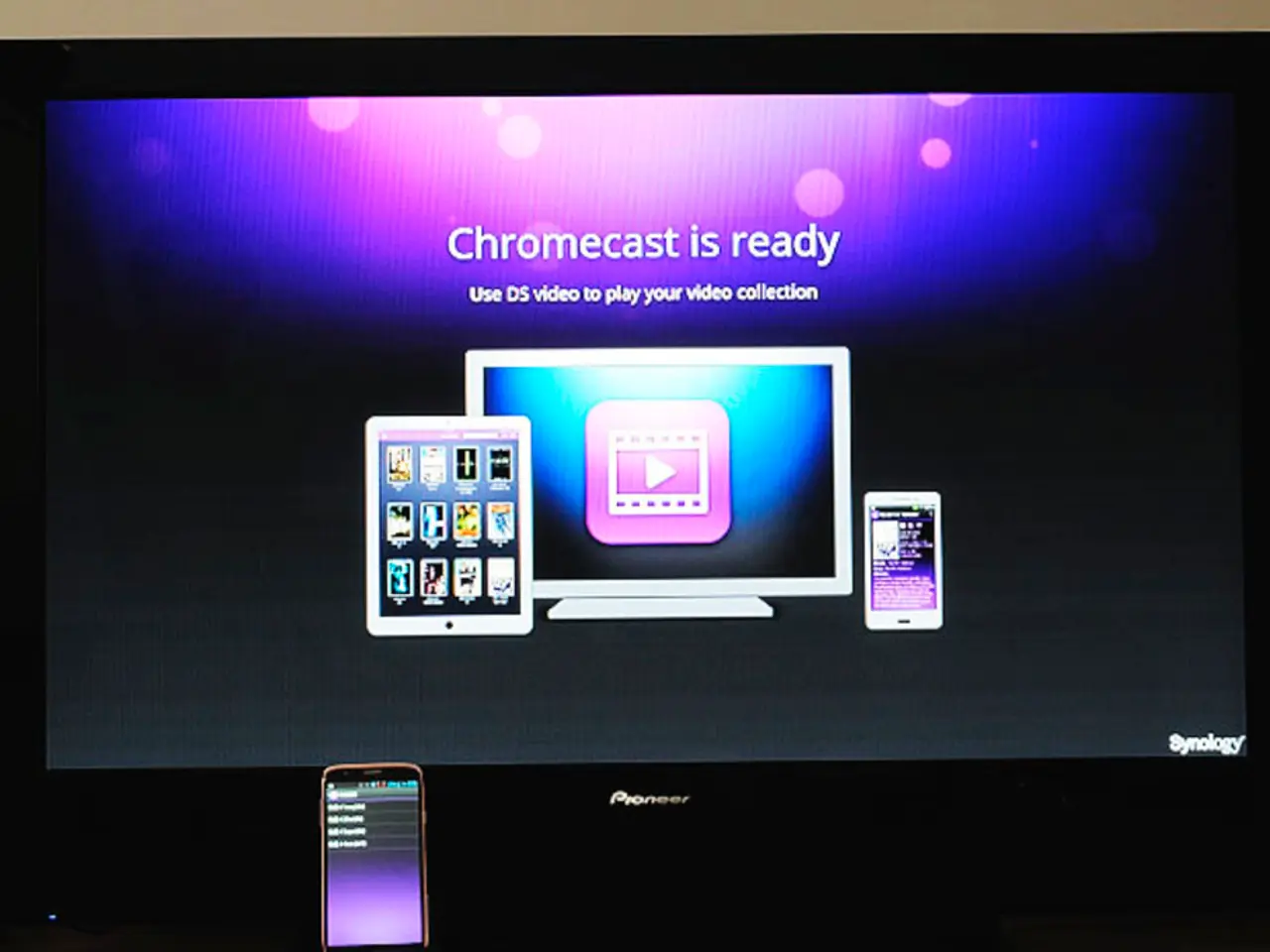Uncovering Potential Surveillance on Your Television: A Guide
In the era of smart technology, our television sets have evolved beyond just being a means of entertainment. One such development is the use of Automatic Content Recognition (ACR) systems, which collect vast amounts of viewer data in real time [1][2][4].
ACR in smart TVs works by identifying and logging what content is playing on the screen, with the viewer’s opt-in consent. This includes live broadcasts, streaming shows, commercials, video games, timestamps, channels, viewing durations, types of inputs, and even device connections on the home network [1][2][4].
The collected data is anonymized and aggregated from millions of opt-in devices to provide advertisers a real-world, cross-platform view of what content people watch. This enables advertisers to understand exposure accurately, measure campaign reach and frequency, and perform smarter targeting and frequency management across linear TV, connected TV (CTV), and digital devices [1][3].
Advertisers leverage this data to build detailed behavioral profiles, allowing for hyper-specific ad targeting, cross-device targeting, audience segmentation, and campaign performance measurement [2][4]. However, this data collection raises significant privacy concerns, as it could be used for broader profiling that may impact political manipulation, insurance, and employment decisions [4].
To limit data collection, disconnecting smart TVs from the internet is a method that can be employed. Yet, constant surveillance by smart TVs means a record of personal habits and preferences is being stored somewhere [2].
Laws meant to protect consumers from data collection are still weak in many areas, and the option to disable ACR is often hidden in complex menus with unclear names [2][4]. Television companies benefit from selling this data, as it is now just as valuable as hardware sales [5].
The debate around ACR is not only about ads but also about digital rights and freedom. For instance, the Apple TV 4K, a streaming device, prioritizes user privacy by not relying on ACR [6].
Concerns about spying have grown stronger in the last two years, with governments and privacy groups paying more attention. Understanding the reality of smart televisions' data collection is the first step toward taking control of personal privacy in the digital age [7].
It's important to note that the ACR system can identify content regardless of its source (streaming app, DVD player, gaming console) [8]. Some companies share viewing data with third-party brokers for further analysis [9]. Allowing televisions to spy without clear consent could set a dangerous example for future connected devices.
Moreover, recent studies in 2025 revealed that certain Samsung televisions take snapshots every minute, and some models capture information every 15 seconds [10]. Advertising platforms like Roku have become major advertising companies, relying on targeted advertising made possible by ACR [11].
In conclusion, while smart TVs offer a wealth of features and entertainment options, it's crucial to be aware of the data collection practices they employ. By understanding the implications of ACR, consumers can make informed decisions about their privacy and take steps to protect their personal information.








